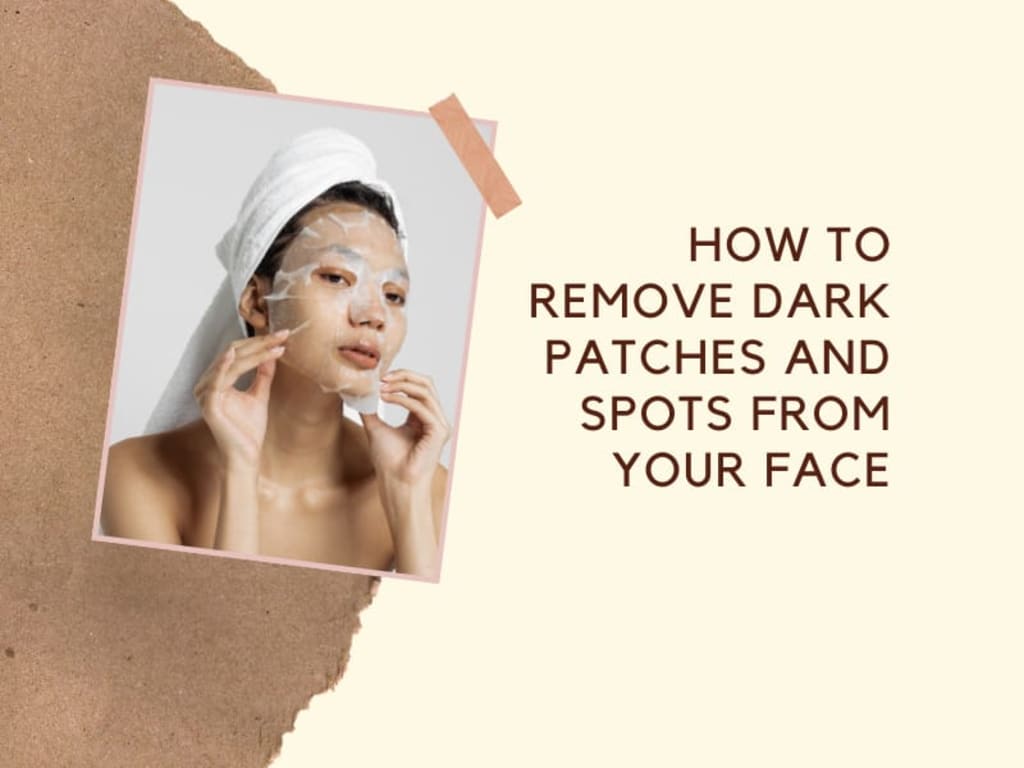
What Causes Dark Spots and Patches on the Face?
Many adults suffer from melasma, a form of hyperpigmentation in which areas of skin become darker than their surroundings. These stubborn dark patches, which can be found anywhere on the face (forehead, cheeks, nose, etc.), are caused by an overproduction of melanin from pigment cells called melanocytes. While melasma won't affect your overall health, its characteristic dark spots can often look unsightly, causing distress in those who have it.
Read on to discover some effective ways to eliminate and fade these blemishes and make them less noticeable. Learn about the best and most current treatments and choose from a variety of methods for correcting an uneven skin tone. This article will also teach you about the causes of melasma so that you can prevent it from developing in the first place.
What Is Melasma?
There are a number of possible causes of skin hyperpigmentation, some of which can be quite serious. As a precaution, it's best to consult with a dermatologist if you notice any skin discoloration early on in order to rule out pre-cancerous changes and skin cancer.
One of the more common forms of hyperpigmentation, however, is melasma, which is characterized by unsightly dark spots on the face, forehead, cheeks, and area above the upper lip. These spots typically appear on both sides of the face in a similar shape and pattern and can range in color from tan to dark brown to black.
The color of the spots varies based on the ethnicity of the person. For dark-skinned people, the color will be more towards brown and black patches. In pale individuals, they may appear tan or light brown. Skin spots can occur on both males and females, people of all ages, and all skin tones depending on the underlying cause. Similarly "liver spots," another common term for hyperpigmentation, generally develop on individuals 50 and older from a lifetime of sun exposure and are considered part of the natural aging process.
The good news is that these frustrating blemishes can be easily remedied and reduced—choose from medical procedures to all-natural DIY remedies that can be used from the comfort of your home. As always, developing a proper skin-care regimen and using methods to prevent sun damage is the best way to combat unsightly sunspots.
10 Home Remedies for Dark Spots on the Face
Even the most aggressive treatment options can take some time to work. In the meantime, there are a lot of things you can do to minimize the appearance of dark patches and make them less noticeable. Whether you have sensitive skin and want to avoid irritation or are working with an acne-prone skin type, you can choose from serums, moisturizers, and creams or more aggressive treatments such as spot correctors, bleaching products, and medical treatments.
As an added bonus, many of these natural remedies not only reduce melanin production but encourage skin cell turnover—reducing wrinkles, moisturizing dry skin, reducing fine lines, and improving total skin condition. You may want to try some of these home remedies first, especially if you notice the discoloration in its beginning stages.
Before trying any of the methods recommended below, check with a qualified professional as each individual's health-care needs will vary; this is especially true of women who are pregnant or nursing, those who are currently on medication, and people with sensitive skin.
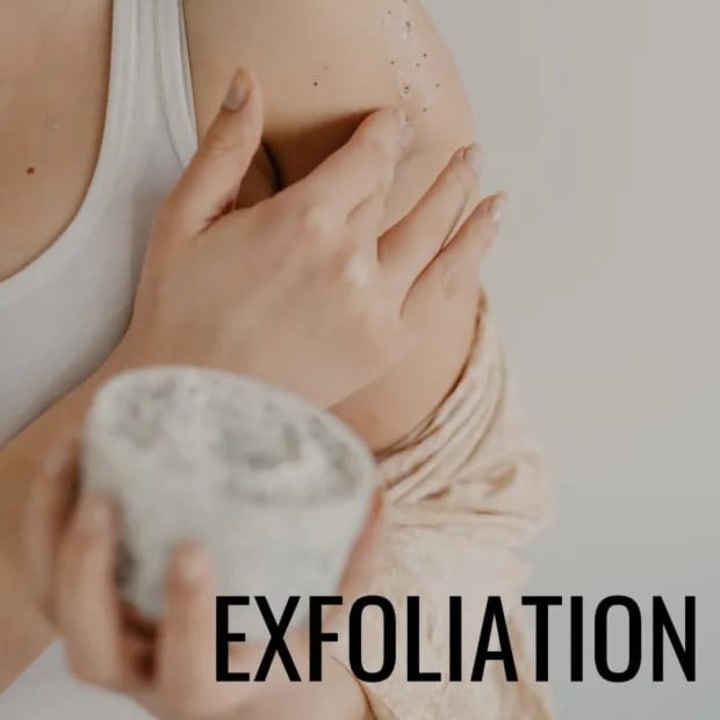
1. Exfoliation
If the dark patches are new, they may only cover the first few layers of skin. In that case, manually exfoliating the area could be a solution. Here's how:
Find an exfoliating cleanser of your choice and apply it to the area in a circular motion. Depending on your product, you may want to wet your face before you start.
Massage the product into the skin and rinse.
Exfoliate once a day or every other day until you can analyze how your skin handles the treatment. Thereafter, repeat once or twice a day for best results.

2. Citrus Rub
Citrus fruits contain a significant amount of ascorbic acid, which can remove the top layer of skin without damage. (Note: Consider testing lemon juice on a small patch of skin before beginning.) Here's how to make a citrus rub:
Squeeze the lemon juice onto a cotton ball.
Dab it on your skin and leave it on for 20 minutes.
Repeat once or twice a day for best results.
DIY Honey and Lemon Face Mask
Another alternative would be to make a honey and lemon face mask:
Mix the juice of half a lemon with two teaspoons of honey.
Apply to the affected area for 30 minutes and then wash well.
DIY Lemon-Tumeric Lightening Paste
Another option would be to make a paste of lemon juice with turmeric, which is also a skin-lightening agent:
Add one tablespoon of lemon juice to one tablespoon of turmeric.
Apply the paste to the face for 15 minutes.
Wash with warm water.
. Vitamin E
Vitamin E is a powerful antioxidant and can help your body repair damaged cells. You can apply vitamin E oil directly to the skin and/or eat foods high in vitamin E such as nuts, avocado, leafy greens, tofu, and squash. Vitamin E capsules and serums are sold in most major markets and are fairly affordable.
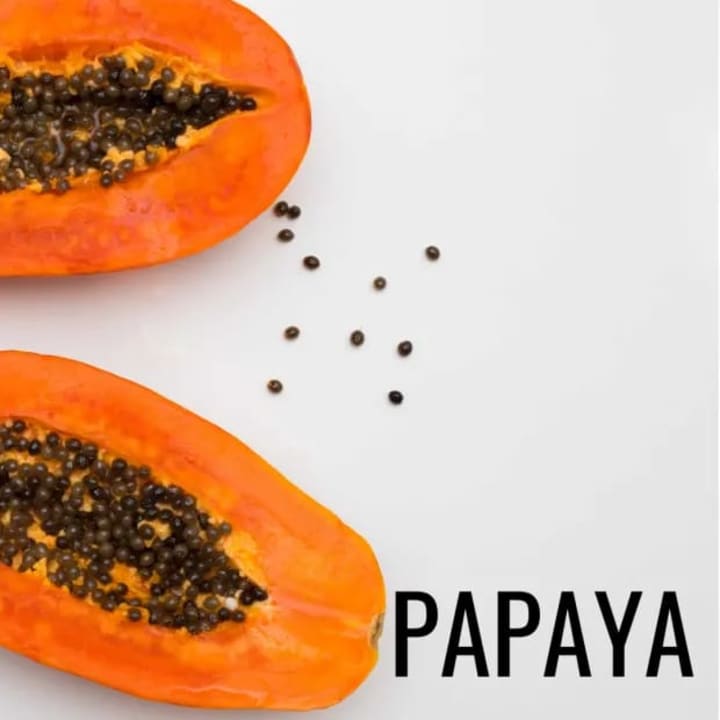
4. Papaya
Papaya contains papain, an enzyme that helps exfoliate the skin. Papaya also contains large amounts of vitamins C and E, which makes this fruit ideal for reducing discoloration. Here are two ways to use this super-food:
Try applying a small piece of the fruit to the affected area twice a day for 20–30 minutes.
Blend the papaya into a paste for a face mask and apply it for 30 minutes.

5. Folic Acid
A number of studies link melasma to a deficiency of folic acid, a type of B vitamin, and folic acid is frequently prescribed by obstetricians to pregnant women with melasma. So, it's highly recommended to take supplements and eat foods that contain a lot of of this key nutrient per your doctor's recommendation. Such foods that are high in folic acid include green, leafy vegetables, citrus fruits, beans, and whole grains.
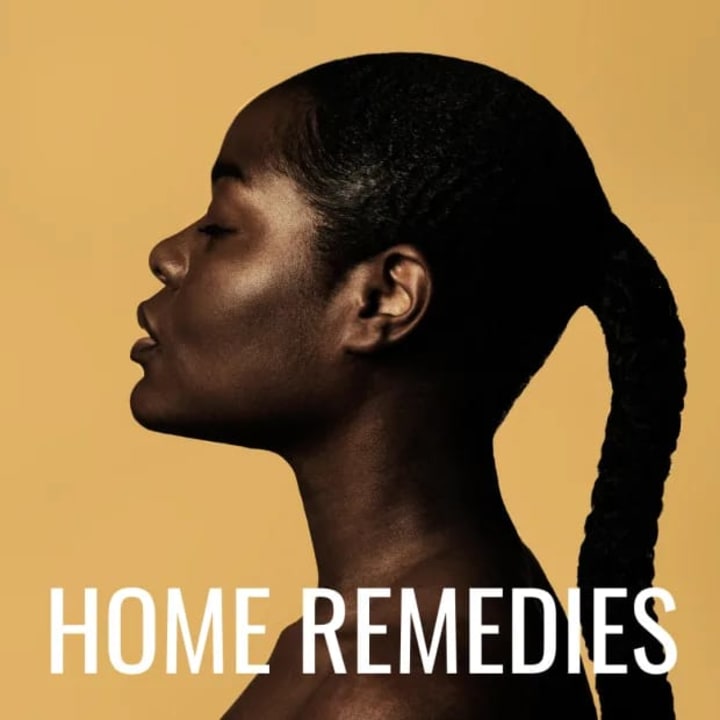
6. Licorice Root
Licorice root has been widely used for hundreds of years in traditional medicine. It contains glabridin and licochalcone A—two powerful antioxidants:
Glabridin can help reduce sun damage and inhibits the synthesis of melanin, which contributes to the development of sunspots after exposure to UV radiation.
Licochalcone A also helps to combat free-radicals and inflammation, so it is especially beneficial for people with eczema and rosacea.
Consider taking licorice root as a tea or incorporating it into your diet as it's especially good for hyperpigmentation and acne scars.

7. Aloe
Aloe vera is proven to help reduce dark spots and hyperpigmentation thanks to aloin, a compound that naturally depigments skin. According to dermatologist and laser surgeon Dr. Deepali Bhardwaj, aloe is also rich in vitamin C, E, and beta carotene. An extremely gentle remedy, it can be used in gel form or harvested directly from the plant and applied to the skin. If purchasing a product, be sure to avoid anything that contains chemical additives.
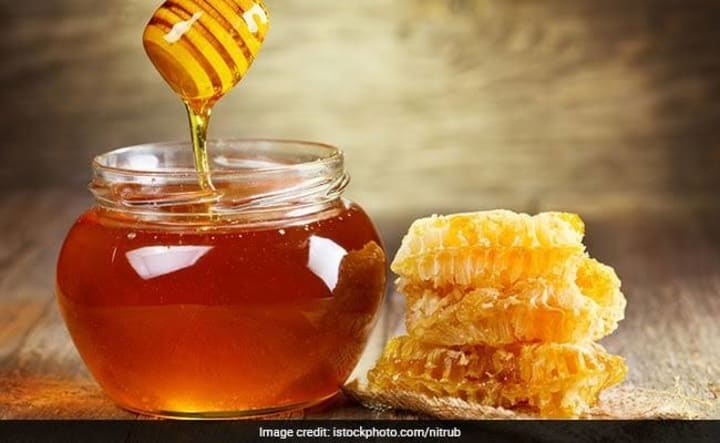
8. Honey
Honey naturally contains alpha-hydroxy acids which help to exfoliate the skin and hydrogen peroxide, a natural anti-microbial. According to Peter Molan of the Honey Research Unit at University of Waikato, New Zealand, honey reduces blemishes on acne-prone skin and thereby helps to improve uneven complexions. Honey also helps to draw moisture from the environment to keep skin hydrated. Raw honey is the best form to buy—as processed honey often contains corn syrup and is adulterated with additives.



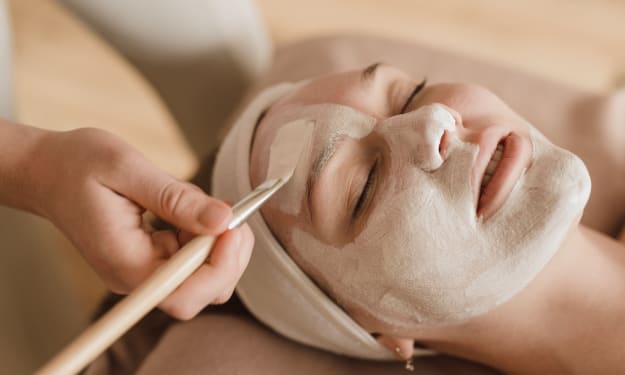

Comments
There are no comments for this story
Be the first to respond and start the conversation.